Conductive Textiles, What are they and what are their Uses?
Conductive Textiles, What are they and What are their Uses?
A conductive textile is a fabric, thread, or fastener that conducts electricity. Conductive textiles consist of a less conductive fiber or fabric that is made conductive by being coated with electrically conductive elements. These elements are often Silver, Copper, Nickel, and titanium. These elements are plated, embedded, or coated onto the less conductive substrate. These substrates typically include polyester and Nylon. These fabrics, threads, and yarns are highly conductive and sensitive. Conductive textiles have been used in many ways for many years. There are new uses for conductive textiles being developed all the time. I will explore a number of uses in this post.
Conductive Textiles, What are they and What are their Uses?
Conductive Textiles are used in many ways:
- RFI/EMI Shielding Applications– Conductive textiles are used in the automotive, aerospace, electronics, and communication industries. RFI/EMI affects the functionality of electronic components and must be kept to a minimum. Conductive textiles have excellent Shielding Effectiveness, and stop emission of RFI/EMI. They can also provide immunity from RFI/EMI in the environment. Conductive Textiles are excellent for Shielding due to their light weight, flexibility and thinness. These properties help in fuel economy and minimizing the size of the device. These Textiles are also used to fabricate RF Shielded Enclosures used in testing electronic devices to make sure that they meet EMC Standards.
- Location/Position-Integrated GPS (Global Positioning System) Monitoring, Livestock Tracking, Asset Tracking, Fleet Monitoring, Geriatric Monitoring, Child Monitoring, Legal/Prison System, Military (soldiers, support personnel, battlefield management), Forces/Police Location, Public Safety.
- Biophysical Monitoring-Vital Signs monitored by embroidered electrodes and sensors in garments that place the electrodes ideally and hold them snugly in place without the irritating and annoying adhesives, Cardiovascular System, Hospitals (Telemetry Systems) Assisted Living units, Industrial (Process Monitoring, Employee Exposure to Hazardous Material), Military(Personnel Condition).
- Health and Fitness– Embroidering Circuits, Electrodes, and Sensors in Smart Clothes” that help technique refinement and measure performance. Physical Therapy using electrodes, sensors, and resistance heating for sore areas.
- Digital/Electronic Security– Data Protection ( RF Shielded Faraday Bags and pouches to stop wireless access to devices while they’re in the bags and pouches), Burglar Alarms activated by a closed circuit being opened.
- Switches-Capacitive, weight sensing, and “contact” switches that complete circuits. They can be weight sensors in car seats, keyless entry touchpads, and conductive Velcro.
V Technical Textiles, Inc. has the world’s widest selection of Conductive Textiles, Threads, Yarns, and Fasteners. The uses of conductive textiles are limited only by imagination, how can they make your product better? Contact us or shop our online store to find the conductive textiles that will match your needs and suit your purpose! Be sure to register today for the EMC LIVE Wireless/IoT/5G Event on 09/21/2021@ 2:15 PM EDT to hear VTT’s General Manager, Shawn DeCook present on VTT’s function in these RF environments!
V Technical Textiles, Inc.
www.vtechtextiles.com
info@vtechtextiles.com
(315)-597-1674 Phone
(315)-597-6687 FAX
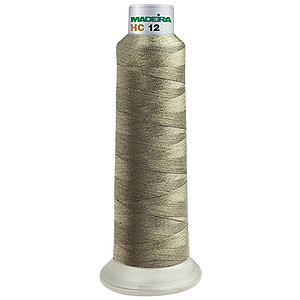



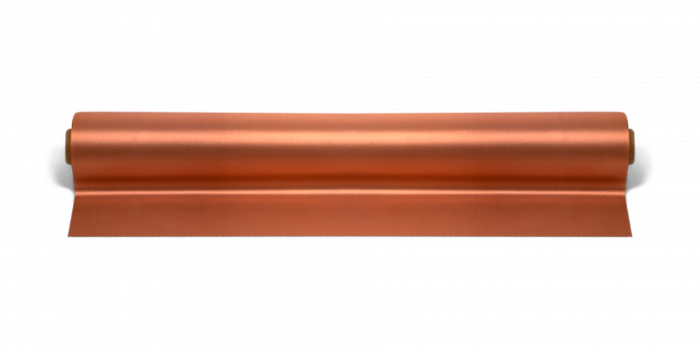


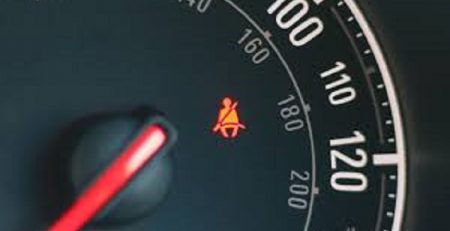

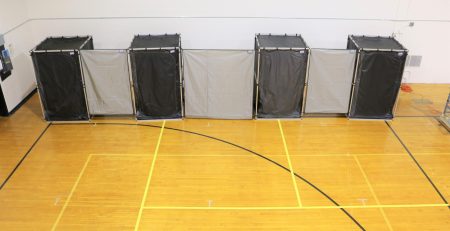
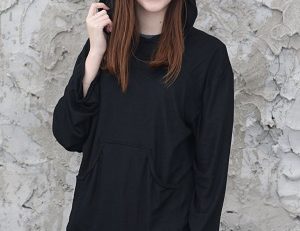
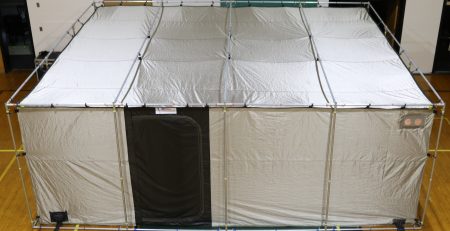
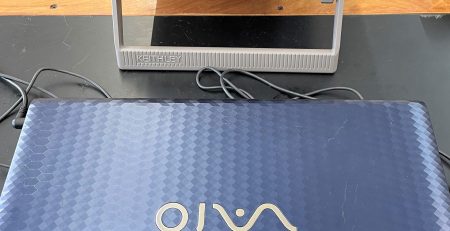



Comment (1)
What kind of conductive textiles do you sell and what is the minimum quantity they sell?